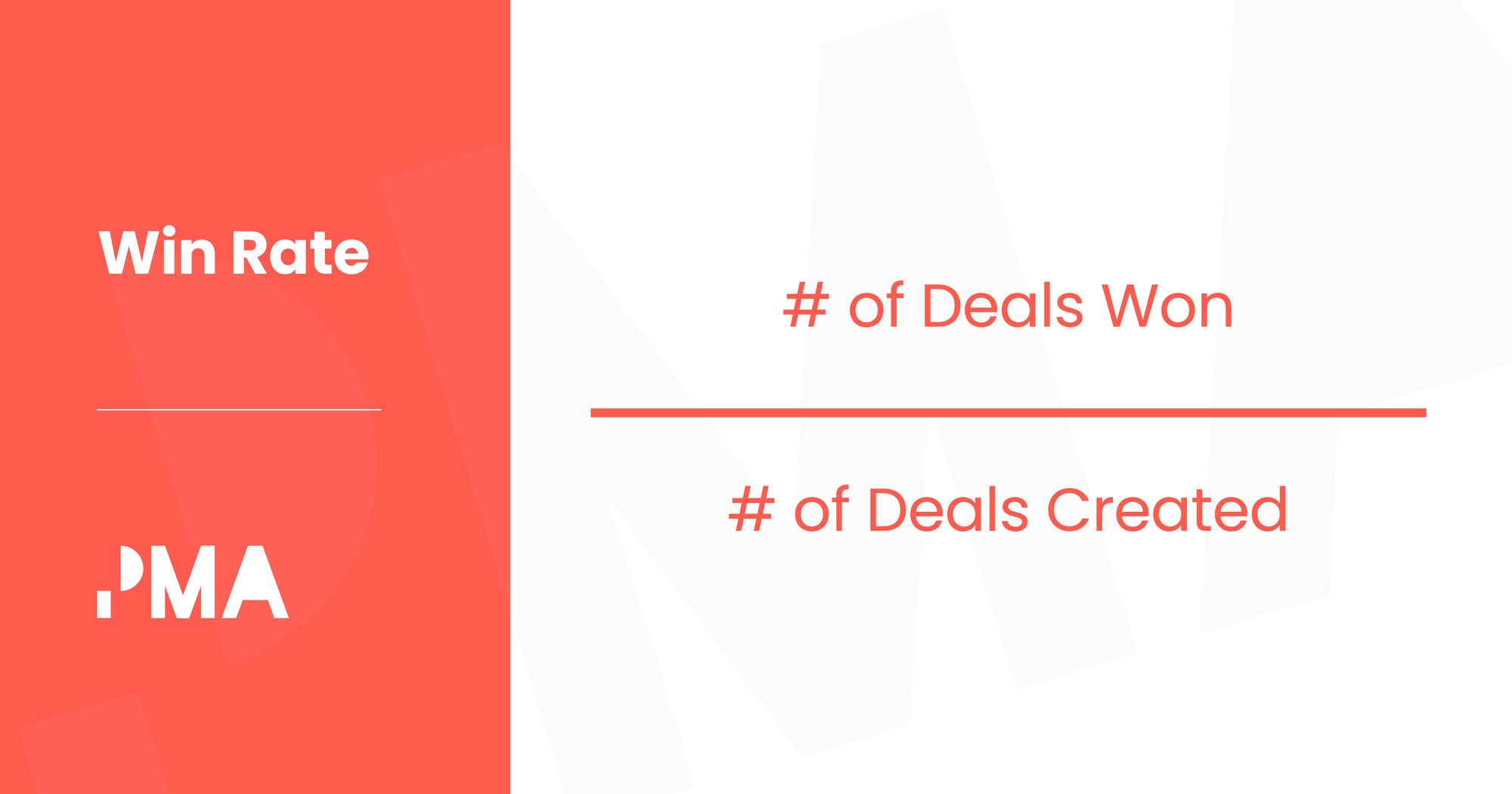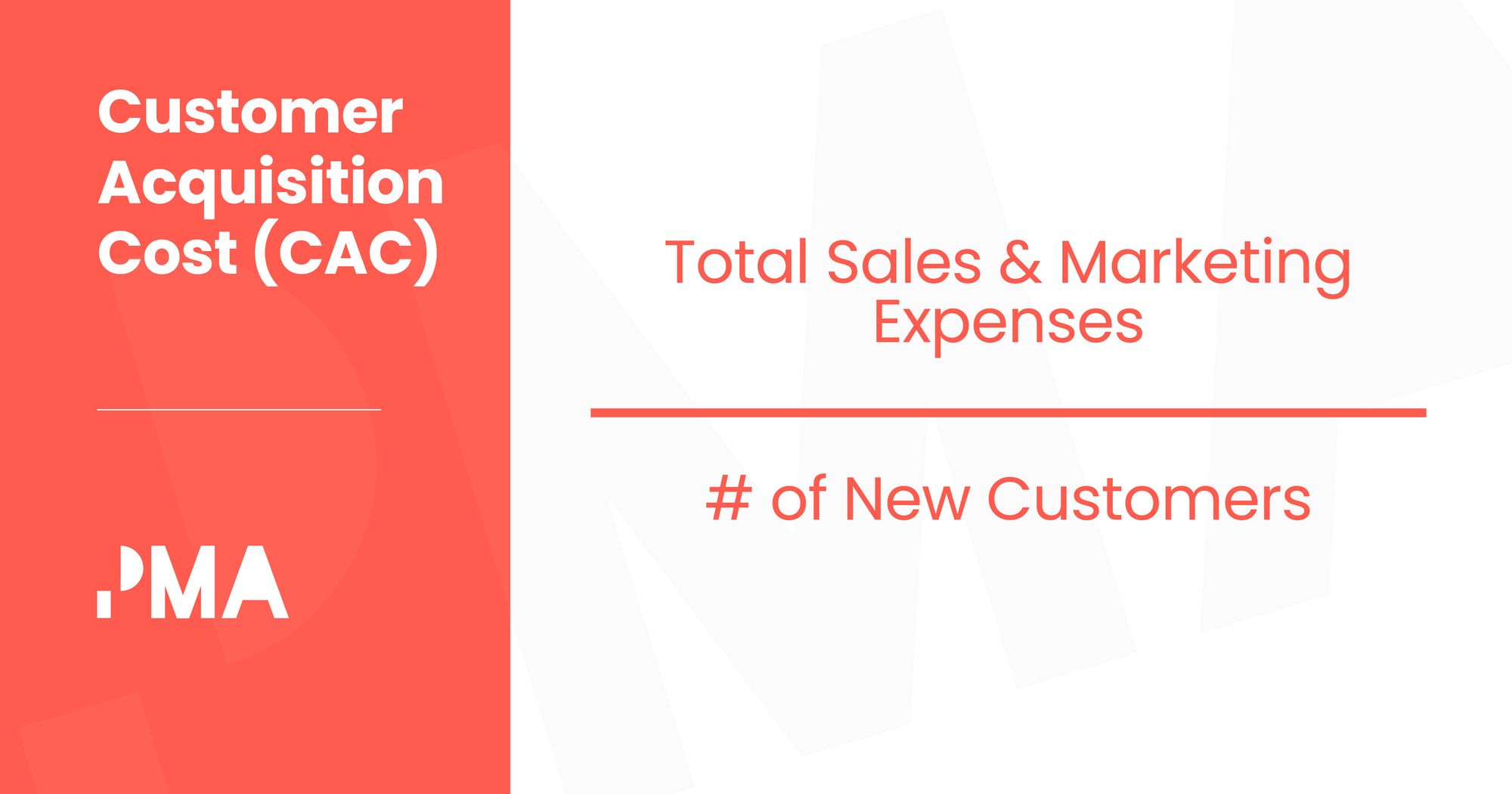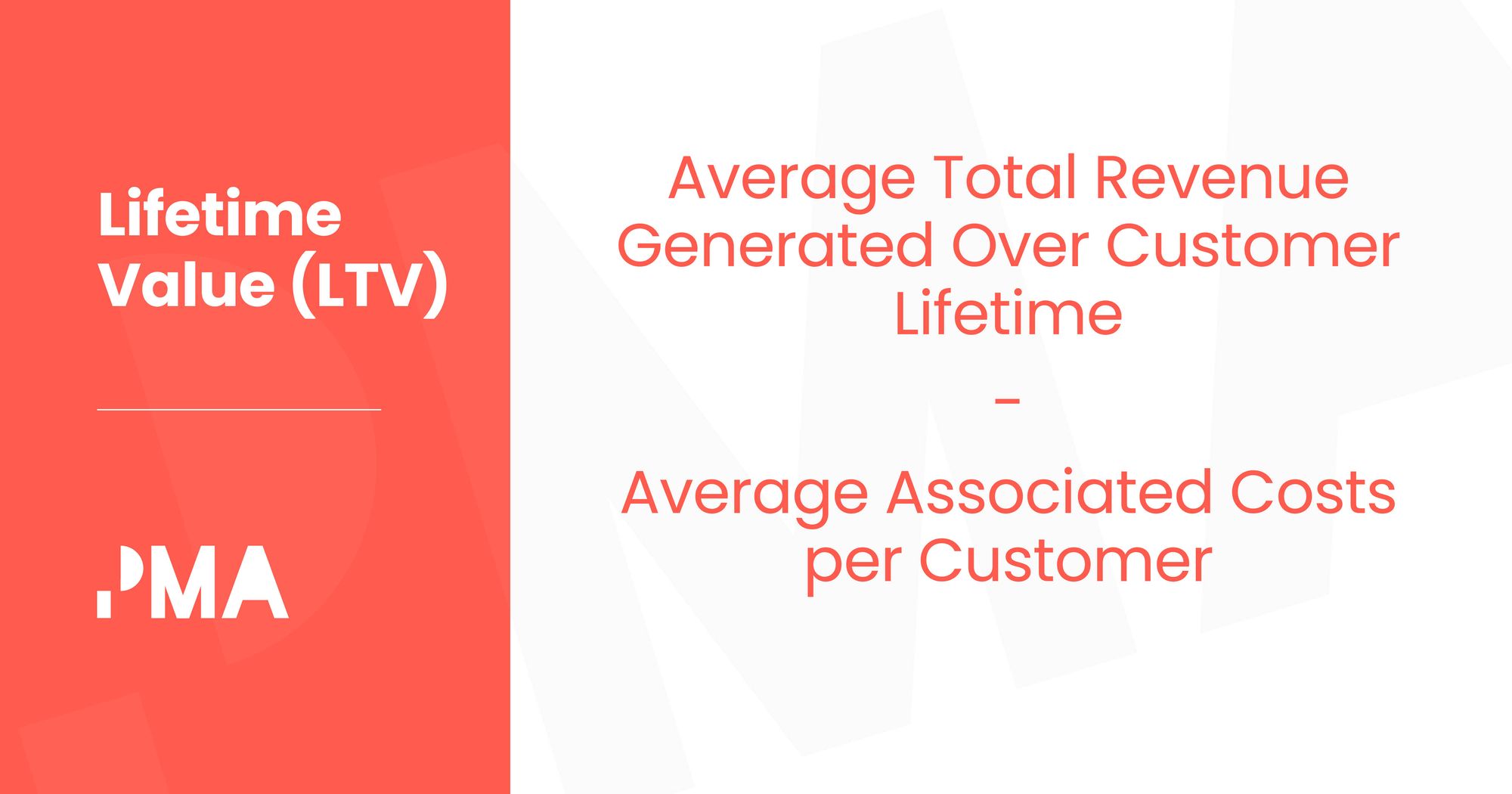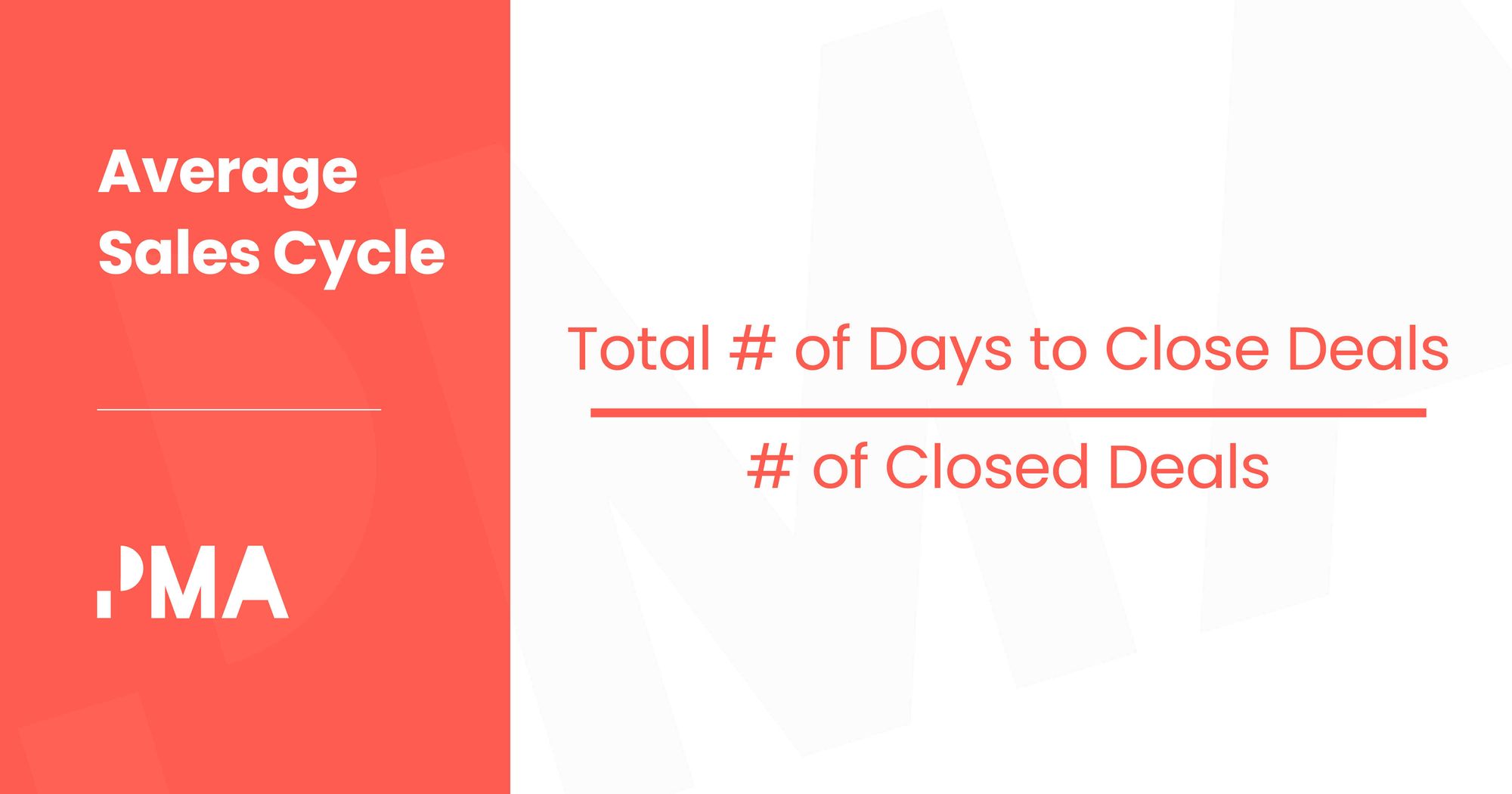Sales are critical to the success of any business. Failing to nurture prospects down the funnel and convert them into fully-fledged, paying customers will hit revenue, and can jeopardize your team, and dare we say it, your company.
Companies who are meticulous when it comes to dissecting sales pipeline metrics often have healthy customer retention and strong customer advocacy programs - but which sales pipeline metrics should businesses track?
However, those adopting a more slack approach to sales pipeline metrics are prone to customer churn and low retention rate. Given how difficult it is to reactivate churned customers, many find themselves exiting the market as quickly as they arrived.
But with many applying masses of data to sales pipelines and sales software, is this really sufficient when tracking data?
Simply, the answer’s a swift, short ‘no’. While we’re sure you’re swimming in qualitative and quantitative data, it’s essential to decipher which data is applicable, before incorporating it into relevant sales pipeline metrics. Data that isn’t relevant will only impair your judgment and management decisions.
Remember: you can’t manage what you don’t measure.
We’re going to outline exactly which sales pipeline metrics you need to focus on, and also address topics such as:
- What is a sales pipeline?
- Essential sales pipeline metrics.
- Important product marketing metrics.
- How often should teams focus on sales pipeline metrics?
- How to improve your OKRs.
- How to improve sales enablement.
What is a sales pipeline?
A sales pipeline provides an overview of where your prospects are in the sales process. They provide a forecast of how many deals your sales representatives are expected to close in a given time period, and also offer an indication of how their current performance compares to their allocated sales quota.
For example, if your business has a pipeline amounting to the value of $200,000 in contacts, and your conversion rate is 20%, your company can expect in the region $40,000 of newly generated sales.
On the other hand, if your team has a sales target of $80,000, then they’d have to increase the conversion rate to 40% to hit their target.
Sales pipeline metrics will help you and your team identify which refinements need to be made to your pipeline to prompt positive action amongst prospects.
Essential sales pipeline metrics
Oftentimes, product marketers don’t track sales pipeline metrics for one reason, and one reason only:
They don’t know which metrics to follow.
Thankfully, we’ve got the answers to your burning questions. These sales pipeline metrics will help you establish whether your team is hitting the expected heights and maintain a healthy sales pipeline:
Number of qualified leads
Ever tried closing a sale without a lead? Word of advice: don’t waste your time. Instead, focus your attention on ensuring your sales team is equipped with a pool of contacts so they can weave their magic and generate revenue for your company.
Always keep an eye out for how many leads you have in the pipeline for the upcoming quarter; if the well’s running dry, then you need to arrange a meeting with your team and work on a solution. Because let’s face it: a sales team without leads can’t sell. Period.
There are a bunch of lead-generation tools on the market to help you and your team source new prospects - they’re amongst the best investments any team can make.
If your budget allows for it, it’s also worth checking out lead scoring tools to help you remove prospects who may not be appropriate for your company.
MQL to SQL conversion rate
The drop-off in marketing qualified leads and sales qualified leads is often significant.
This can often be attributed to a lack of internal communication and collaboration between marketing and sales, and simply put, you need to rectify this to ensure they’re aligned and singing from the same hymn sheet.
Dedicated meetings between the departments can serve as a perfect platform for discussing new ideas, asking questions, and flagging difficulties, before working together to put new strategies in place to enhance the number of sales and reduce the number of drop-offs.
Win rate

Win rate is arguably the most important sales pipeline metric as it measures what proportion of leads converted into customers.
It’s important to track this metric over a set period of time, e.g. quarterly, as this’ll allow you to measure whether your win rate has increased or decreased.
If your win rate decreases, you’ll have to reevaluate your stance in a bid to stop the slump. Hold sales training sessions for your representatives, and improve sales enablement assets by identifying the most effective sales assets before you begin optimizing. It’s also advisable to conduct competitive intelligence to establish how your product could be improved.
On the flip side, your win rate might be high, and whilst this may seem positive at face value, it could potentially pose issues of its own.
For example, your win rate may surpass where you’d like your sales figures to be, in which case, you need to touch base with your marketing team and ramp up your lead generation.
Average deal size

We all love to plan ahead, strategize, and alleviate the workload wherever possible - particularly when we’re trying to juggle high-pressure responsibilities such as product launches, Go-to-Market strategies, and product marketing strategies.
However, we need to understand what’s happening now, before we can begin putting steps into place for the future.
Establishing the size of your average deals will help you put essential plans in place and allocate team resources accordingly.
Customer acquisition cost

Customer acquisition cost (CAC) is a vital sales pipeline metric to follow as it indicates how much money your company has invested to get a customer through the door.
This metric is important because not only does it outline the effectiveness of your customer acquisition strategy, it’s also highly valued by prospective investors. This is because it helps them assess how scalable your business is.
Remember, in this instance, the lower the figure, the better. If you’ve coupled a high customer acquisition cost with a low customer lifetime value, then you’re not performing in a business that’s A) commercially savvy, or B) sustainable.
Instead, seek to reduce your customer acquisition costs, as this will bode well when you’re trying to increase revenue.
Customer lifetime value

Lifetime value (LV) measures how valuable each customer is to your business and, whilst this metric can be applied across the board, it’s particularly applicable to eCommerce businesses due to their reliance on repeat customers.
It’s notoriously difficult to attract new customers to your business, so you need to wrap up existing consumers in cotton wool - who knows, they could blossom further into a brand advocate.
Given a high customer lifetime value that’s representative of product-market fit, brand loyalty, and recurring revenue from existing customers, companies are continually striving to boost LTV.
To improve this metric, segment your audience, conduct analysis into which methods are working (and which aren’t), before tailoring your sales and marketing strategies accordingly.
Alvaro De La Rocha, Chief Marketing Officer at Bespoke Post, highlighted how it’s possible to improve customer conversion rates (and LTV) by adding steps to checkout.
LTV to CAC ratio
This sales pipeline metric measures the efficiency of how you acquire customers.
For example, if your LTV to CAC ratio is 3:1, every dollar you spend equates to three dollars in customer lifetime value.
Average sales cycle

The average sales cycle gives you an indication of how long it takes your team to work their magic, seal the deal, and convert prospects into customers.
When you’ve established the length of your sales cycle, you’ll be able to earmark deals with a conversion time that exceeds the average sales cycle time.
You’ll need to hone in on the finer details of these deals and try to establish exactly which improvements need to be made to reduce the time between making the initial contact with your prospect and converting them into a customer.
Elongated processes can sometimes be attributed to internal errors from your sales representatives. Therefore, it could be worth introducing automated processes to reduce such occurrences. Alternatively, you may wish to spend your resources on improving sales team training sessions.
Sales by customer/sales by owner
This sales pipeline metric aggregates the total number of sales and breaks it down by customer account.
On the other hand, sales by owner are used to represent the total number of sales each of your representatives has made.
Sales by owner allows you to address which members of your sales team are converting the most customers, and which aren’t performing well. If there are reps who are consistently surpassing targets, you could perhaps arrange workshops in which peers share advice, in a bid to boost sales across the team.
Deal loss reasons
It’s often a bitter pill to swallow when you’ve invested time and effort trying to convert a prospect, only to see them look for a solution elsewhere.
However, it’d be questionable, some would even say foolish, to focus exclusively on the deals you win; your losses can also significantly influence your sales strategy moving forward.
Focusing on the things that didn’t quite work out can help you iron out any existing imperfections, improve your approach, and convert more customers in the future.
Important product marketing metrics
During her presentation at the Product Marketing Summit in Austin, Adobe’s Mary Sheehan gave her perspective on product marketing metrics that matter:
How often should teams focus on sales pipeline metrics?
There’s no doubt that sales pipeline metrics are critical in ensuring your team performs to its optimum potential.
That said, it’s also important to look at the wider picture and ensure you and your team don’t neglect wider elements of your business responsibilities.
Scott Shapiro, Head of Go-to-Market & Customer Growth at Qualtrics and host of The Goald Standard Podcast welcomed Ebun Onagoruwa, Vice President of Partner Marketing at Zillow to discuss why business outcomes, not just metrics, are important.

How to improve your OKRs
Plus, Metric & OKRs learning path features intel from the likes of Adobe, monday.com, Salesforce (and more), and outlines how to develop and rollout the key metrics that matter.
Register for the 5-week course and discover:
✅ An intro to OKRs
✅ How to pick metrics that matter
✅ How to connect OKRs to strategy
✅ Competitive intelligence metrics
✅ Sales enablement metrics
Align your team’s expectations and work towards a shared goal.
Also, our Metrics Certified: Masters course will give you the knowledge and confidence you need to measure the impact of your work and continue driving, not just your product and department, but the entire company towards success.
By the end of this course, you’ll be able to:
🎆 Use formulas to correctly measure key metrics.
💪 Identify which metrics you should track for each deliverable.
👀 Understand how your work can positively influence these metrics.
🔦 Relate your KPIs to your OKRs and confidently report on the impact your function has on the business.
Ready to get started?
How to improve your sales enablement
Furthermore, sales pipeline metrics and sales enablement go hand in hand. After all, if your metrics are highlighting there’s room for improvement, your sales enablement strategy may need some adjustments to address the issues you’re experiencing.
Sales Enablement: Certified features everything you need to know, and more, to refine your programs.
Perhaps you’re collaborating with a sales enablement team? Maybe you’re owning it yourself? Either way, this comprehensive course is packed with indispensable real-life examples, case studies, expert tuition, templates, and activities you need to build and scale awesome sales enablement programs.


















 Follow us on LinkedIn
Follow us on LinkedIn




.svg?v=85af970283)